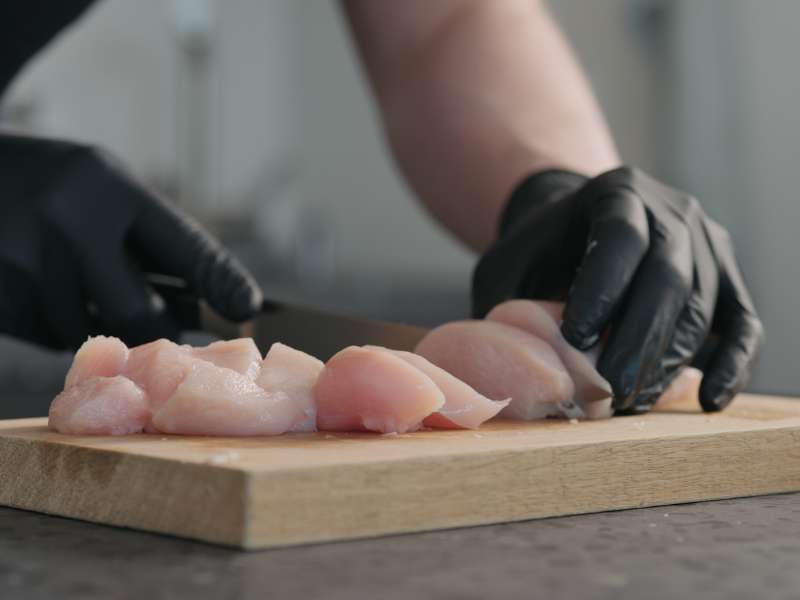When we look at restaurant costs, we’re mainly talking about two variables — labor and food costs. Together, these represent more than half of an operator’s total costs. So, let’s take a look at each area for ways to control costs during seasonal changes.
Labor Costs:
Tweak Scheduling
Assess the number of staff you have scheduled throughout the day to determine if you can reduce the number of employees or if additional staff would lead to greater productivity and efficiency. Build a schedule around the idea of having the perfect number of staff on-hand for prep and service but give yourself back-ups for times when there are call-outs or no-shows.
Improve Training for Efficiency
Ongoing training can lead to your staff being more efficient and, thus, reducing labor costs. This doesn’t necessarily mean having managers or owners train staff. Rather, it can be useful to identify employees who are great at what they do and empower them to train others. Their experience is an invaluable tool that you can leverage to create a super-efficient workforce.
Focus on Employee Retention
Hiring staff requires a ton of resources, from outreach to training. Rather than focusing on seasonal hiring each year, put effort into staff retention. This will help you save money and improve the efficiency of your staff, reducing labor costs across the business.
Consider Automating Processes
Look for areas where you can rely on automation, whether it’s in the ordering and billing part of your customer experience or in your inventory management. This can reduce human area, improve efficiency, and reduce costs due to mismanagement.
Food Costs:
Manage Inventory
Your inventory is literally cash on the shelf. Manage inventory regularly to make sure your inventory is working for you. Consider automating inventory, as discussed above, to reduce human error and improve efficiency.
Assess Yield
Perform regular yield assessments on products that you use often to identify if you are getting the most for your money. Side-by-side comparisons can show you clearly if one product has a higher yield than another.
Control Waste
Waste is a huge area of money loss for restaurants. Eliminating waste requires proper training and tracking on a consistent basis.
Implement Menu Changes
Each season, take a look at your menu spread to make sure your items have high profit margins and that they sell consistently. For menu items that do not sell often, look for ways to cross-utilize ingredients in other dishes, or remove those items from the menu. Also, take a look at the labor involved in creating each menu item and see if there are ways to combine or reduce prep work and pick-up time during service.
In addition to these strategies for lowering labor and food costs, it’s also important to reduce accidents, spillage, and theft — three common culprits for loss. Create a safe workflow for staff and use continuous training to help reduce accidents and spillage and use daily and weekly reporting to identify instances of theft.



